-
×
 Acceptance and Commitment Therapy (ACT) Made Easy: Innovative Techniques for Depression, Anxiety, Trauma & Personality Disorders By Douglas Fogel - PESI
1 × $23.10
Acceptance and Commitment Therapy (ACT) Made Easy: Innovative Techniques for Depression, Anxiety, Trauma & Personality Disorders By Douglas Fogel - PESI
1 × $23.10 -
×
 The Marriage Reset: From Obligation To Adventure By Dani Johnson
1 × $31.00
The Marriage Reset: From Obligation To Adventure By Dani Johnson
1 × $31.00 -
×
 Legal and Ethical Issues in Behavioral Health in South Carolina By Lois Fenner - PESI
1 × $23.10
Legal and Ethical Issues in Behavioral Health in South Carolina By Lois Fenner - PESI
1 × $23.10 -
×
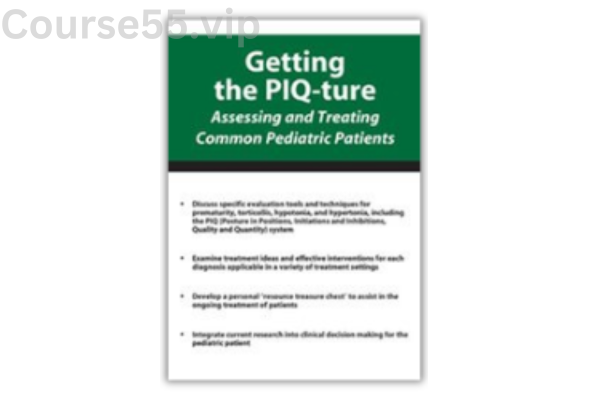 Getting the PIQ-ture Assessing and Treating Common Pediatric Patients By Michelle Fryt Linehan - PESI
1 × $23.10
Getting the PIQ-ture Assessing and Treating Common Pediatric Patients By Michelle Fryt Linehan - PESI
1 × $23.10 -
×
 Ethics & Cultural Competency: 1-Day Intensive Certificate By Frances Patterson - PESI
1 × $23.10
Ethics & Cultural Competency: 1-Day Intensive Certificate By Frances Patterson - PESI
1 × $23.10 -
×
 What to Do in the First 90 Days of Your New Job
1 × $23.10
What to Do in the First 90 Days of Your New Job
1 × $23.10 -
×
 ECOM ACADEMY DAN DASILVA | MAKE 6K PER DAY WITH SHOPIFY STORE
1 × $23.10
ECOM ACADEMY DAN DASILVA | MAKE 6K PER DAY WITH SHOPIFY STORE
1 × $23.10 -
×
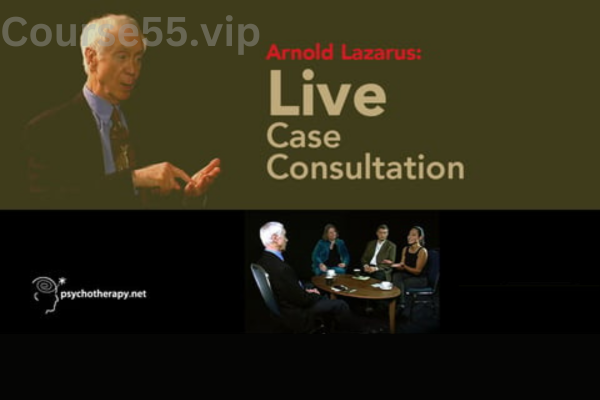 Arnold Lazarus - Live Case Consultation With Arnold Lazarus
1 × $7.70
Arnold Lazarus - Live Case Consultation With Arnold Lazarus
1 × $7.70 -
×
 Utah Legal and Ethical Issues for Mental Health Clinicians By Susan Lewis - PESI
1 × $23.10
Utah Legal and Ethical Issues for Mental Health Clinicians By Susan Lewis - PESI
1 × $23.10 -
×
 Attachment Focused Therapy: Trauma Related Disorders in Children & Adolescents By Daniel Hughes - PESI
1 × $23.10
Attachment Focused Therapy: Trauma Related Disorders in Children & Adolescents By Daniel Hughes - PESI
1 × $23.10 -
×
 Writing Email Copy for B2B Companies By AWAI
1 × $23.10
Writing Email Copy for B2B Companies By AWAI
1 × $23.10 -
×
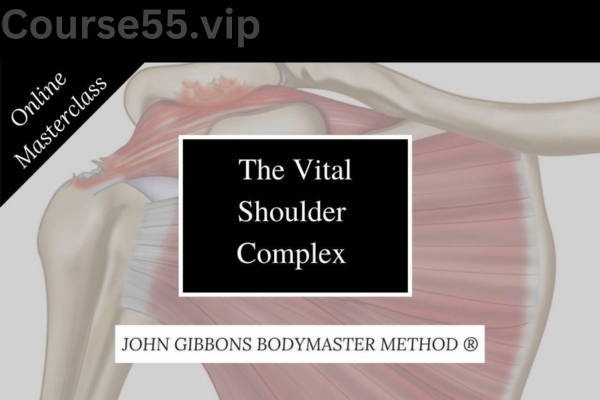 The Vital Shoulder Complex By John Gibbons
1 × $23.10
The Vital Shoulder Complex By John Gibbons
1 × $23.10 -
×
 Intermediate To Advanced Breath-Control Course By Simon Borg-Olivier
1 × $39.00
Intermediate To Advanced Breath-Control Course By Simon Borg-Olivier
1 × $39.00 -
×
 Outbursts, Oppositional Defiance and Frustration in the Classroom: Self-Regulation Techniques to Reduce the Frequency, Severity and Duration of Problematic Behavior By Laura Ehlert - PESI
1 × $23.10
Outbursts, Oppositional Defiance and Frustration in the Classroom: Self-Regulation Techniques to Reduce the Frequency, Severity and Duration of Problematic Behavior By Laura Ehlert - PESI
1 × $23.10 -
×
 Mindfulness-Based Stress Reduction for Teens By Gina Biegel - PESI
1 × $23.10
Mindfulness-Based Stress Reduction for Teens By Gina Biegel - PESI
1 × $23.10
The Healing Power of Emotion by PESI
$199.00 Original price was: $199.00.$23.10Current price is: $23.10.
The Healing Power of Emotion – A Comprehensive Review – Digital Download!
The Healing Power of Emotion by PESI
Overview
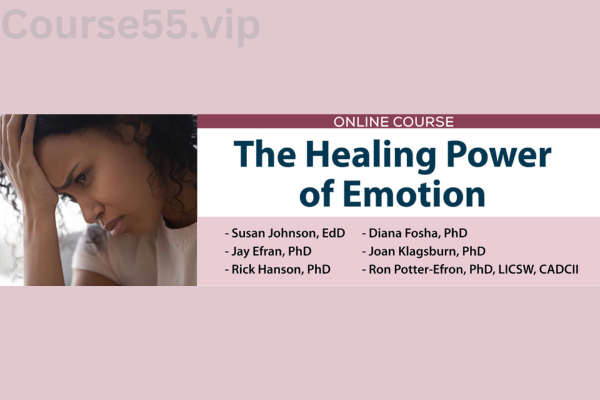
The Healing Power of Emotion – A Comprehensive Review
Emotions are an essential part of human life, shaping our thoughts, behaviors, and overall well-being. The Healing Power of Emotion, published by PESI, brings together insights from affective neuroscience, psychotherapy, and developmental psychology to explore the transformative role of emotions in therapy. Edited by Diana Fosha and Dan Siegel, this work challenges the traditional view of emotions as obstacles to be managed, instead highlighting their potential as catalysts for healing.
This review examines the main themes, expert contributions, integration of neuroscience, practical strategies, and implications of this work for mental health professionals.
Transformative Potential of Emotions in Therapy
One of the book’s central messages is that emotions are not hindrances to healing but rather powerful tools for transformation. Historically, emotions were often viewed as irrational disturbances that therapy should control or suppress. This approach, however, can create a disconnect between therapists and clients.
By embracing emotions as key components of the healing process, therapists can address underlying emotional experiences holistically, rather than simply attempting to “fix” symptoms. This emotion-focused approach enables clients to confront their inner struggles and develop healthier coping mechanisms.
Emotions as Tools for Healing
Rather than avoiding emotions like grief, anger, or anxiety, therapists are encouraged to engage with them as signals of deeper unresolved issues. By exploring these emotions, therapists help clients uncover the root causes of their distress.
This perspective aligns with Diana Fosha’s Emotionally Focused Therapy (EFT), which emphasizes the importance of emotional awareness in fostering secure attachments and improving relationships. The book illustrates how integrating emotions into therapy enhances resilience and emotional intelligence, leading to personal and interpersonal transformation.
Contributions from Leading Experts
A major strength of The Healing Power of Emotion is its collaboration between multiple experts, each offering unique perspectives on emotional healing.
Key Contributors and Their Insights
• Diana Fosha – Highlights the role of emotions in therapy and their capacity to drive deep healing.
• Dan Siegel – Explores the mind-body connection, emphasizing how emotions influence neural development and regulation.
• Susan Johnson – Focuses on attachment theory, showing how primary and secondary emotions shape relationships and communication.
These expert contributions provide a comprehensive foundation for understanding emotions as essential components of mental health and therapy.
Neuroscience and Emotional Integration in Therapy
One of the book’s most compelling aspects is its integration of neuroscientific research, revealing how emotions affect both psychological and physiological well-being.
Physiological Influence of Emotions
Research shows that unresolved emotional pain can lead to chronic stress, immune dysfunction, and mental health disorders. Therapists who understand these biological underpinnings can better support clients in recognizing how emotions manifest in the body.
Key Neuroscientific Findings
• Emotions influence brain structures that regulate heart rate and immune function.
• The amygdala plays a crucial role in processing emotional responses, reinforcing the importance of emotional awareness in therapy.
These insights reinforce the necessity for mental health professionals to refine their skills in emotional recognition and engagement.
Practical Approaches for Managing Emotions
Beyond theory, The Healing Power of Emotion provides practical strategies for therapists working with clients who struggle with intense emotional expressions. Instead of viewing outbursts or emotional suppression as obstacles, these moments are reframed as opportunities for deeper exploration.
Strategies for Emotional Engagement
• View Emotional Expressions as Entry Points – Rather than avoiding strong emotions, therapists should use them as opportunities for exploration.
• Create a Safe Space for Expression – Clients heal best when they feel secure enough to express their true emotions.
• Develop Emotional Literacy – Encouraging clients to articulate and label their emotions fosters self-awareness and resilience.
• Utilize Role-Playing and Visualization – These techniques help clients process emotions in a controlled, therapeutic setting.
By applying these strategies, therapists can integrate emotions into sessions rather than sideline them, leading to more effective outcomes.
Implications for Clinicians and Mental Health Professionals
The Healing Power of Emotion serves as a valuable resource for mental health professionals by offering both theoretical and practical tools for engaging with emotions.
The Importance of Emotional Awareness in Therapy
By incorporating emotional intelligence into treatment, therapists help clients:
• Develop healthier relationships through greater emotional awareness.
• Break free from avoidance patterns that hinder personal growth.
• Construct productive frameworks for understanding and expressing feelings.
This emotion-centered approach fosters deeper healing and stronger therapist-client relationships, ultimately leading to more sustainable therapeutic outcomes.
Conclusion
The Healing Power of Emotion is more than just a book—it is a framework for redefining the role of emotions in therapy. By challenging outdated notions of emotions as disruptions and instead recognizing them as pathways to healing, this work sets a new standard for therapeutic engagement.
By integrating affective neuroscience, psychotherapy, and attachment theory, this book empowers clinicians to create emotionally aware, transformative healing spaces for their clients. Whether you are a seasoned therapist or a student of psychology, The Healing Power of Emotion offers invaluable insights into the power of emotions in shaping human resilience and growth.
Frequently Asked Questions:
Business Model Innovation: We operate a group buying strategy, allowing participants to share costs and access popular courses at reduced prices. This model benefits individuals with limited financial resources, despite concerns from content creators about distribution methods.
Legal Considerations: The legality of our operations involves complex issues. Although we don’t have explicit permission from course creators to resell their content, there are no specific resale restrictions stated at the time of purchase. This ambiguity creates an opportunity for us to provide affordable educational resources.
Quality Control: We ensure that all course materials purchased are identical to those offered directly by the creators. However, it’s important to understand that we are not official providers. As such, our offerings do not include:
– Live coaching calls or sessions with the course author.
– Access to exclusive author-controlled groups or portals.
– Membership in private forums.
– Direct email support from the author or their team.
We aim to reduce the cost barrier in education by offering these courses independently, without the premium services available through official channels. We appreciate your understanding of our unique approach.
Be the first to review “The Healing Power of Emotion by PESI” Cancel reply
You must be logged in to post a review.



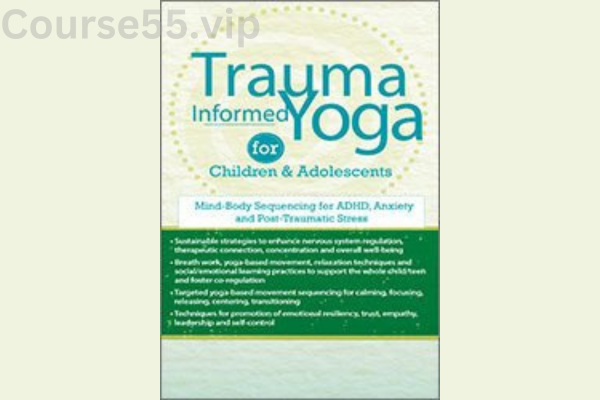





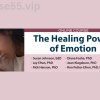
Reviews
There are no reviews yet.